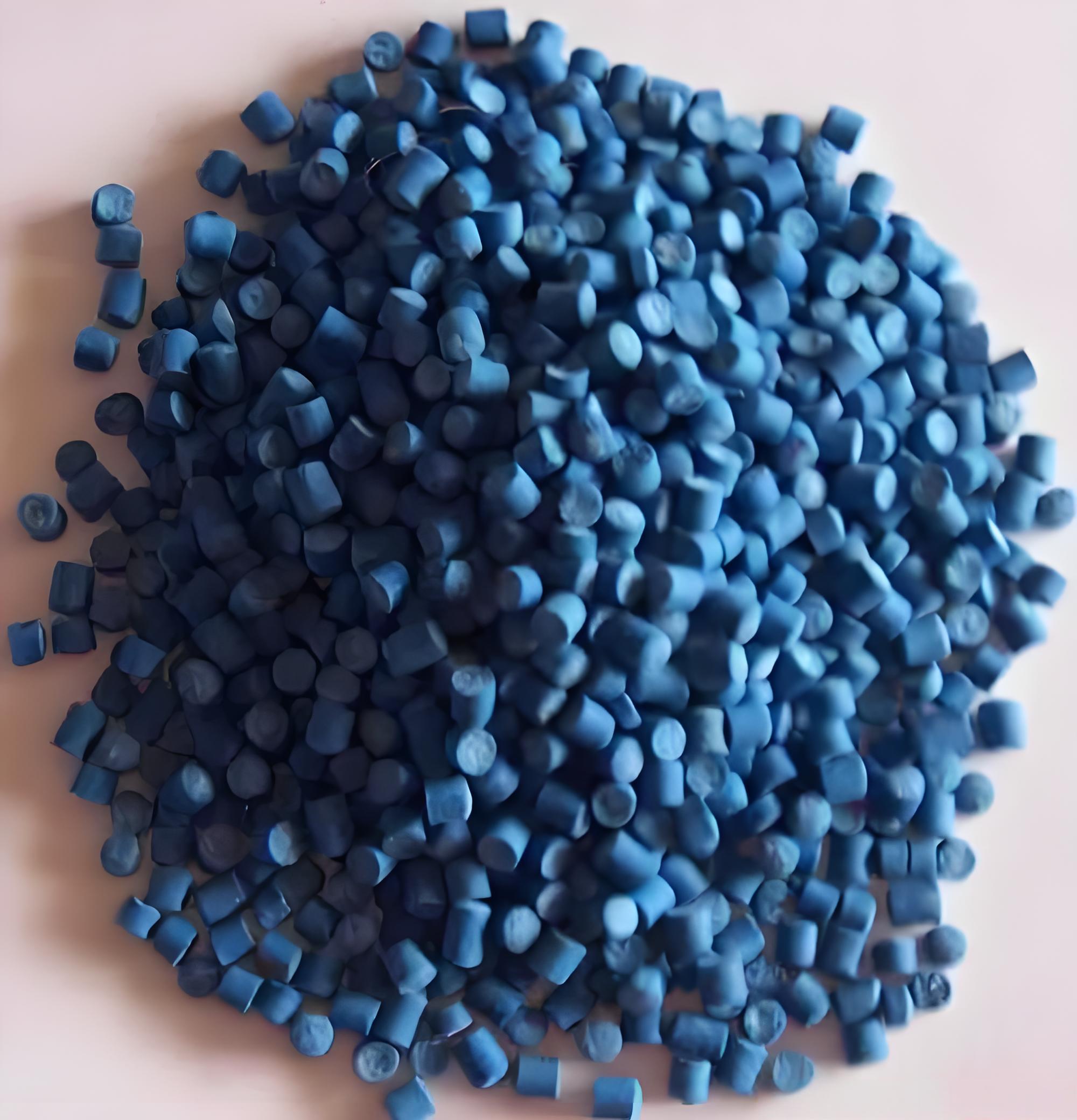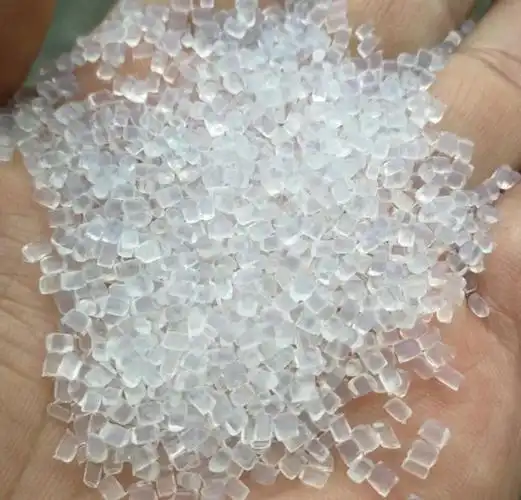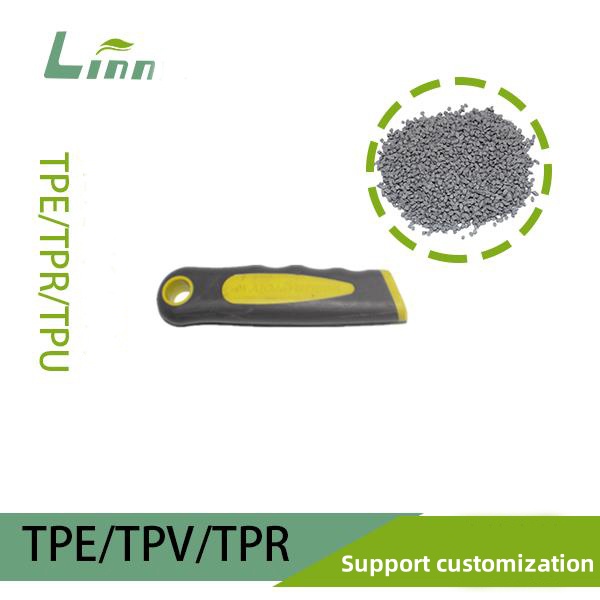Before we dive into the color debate, let’s clarify what TPE foot mats are. TPE is a versatile material that blends the elasticity of rubber with the durability of plastic. It’s widely used for foot mats in cars, homes, and workplaces because it’s waterproof, flexible, durable, and easy to clean. The material’s unique structure—often featuring textured or grooved patterns—provides excellent grip and comfort underfoot, making it ideal for environments where you’re standing or stepping frequently.

When people ask about white versus black TPE foot mats, they’re usually wondering about differences in durability, maintenance, appearance, or performance. Maybe you’re considering a white mat for its sleek, modern look but worry it’ll show dirt more easily. Or perhaps you’re leaning toward black for its practicality but wonder if it compromises on quality. I’ve worked with both colors extensively, and I’ll share my insights to help you make an informed choice.
The Color Conundrum: White vs. Black TPE Foot Mats
Color in TPE foot mats isn’t just about aesthetics—it can affect functionality, maintenance, and even how the mat performs in specific environments. Below, I’ll walk you through the key differences based on my experience, from sourcing materials to testing mats in real-world settings.
White TPE Foot Mats: Pros and Cons
Pros:
Aesthetic Appeal
White TPE foot mats have a clean, modern look that can elevate the appearance of a car interior, home office, or gym. I’ve seen clients choose white mats for luxury vehicles or minimalist home setups because they create a bright, airy feel. In well-lit spaces, white mats can make the area look more spacious and inviting.
Heat Reflection
In my testing, white TPE mats tend to absorb less heat than black ones, especially in hot climates or under direct sunlight. For example, in a car parked outside during summer, a white mat stays noticeably cooler to the touch, which is a small but appreciated comfort.
Unique Customization
White mats are less common, so they can make your space stand out. I’ve worked with car enthusiasts who paired white TPE mats with custom interiors for a standout look that black mats couldn’t achieve.

Cons:
Stain Visibility
The biggest drawback of white TPE mats is that they show dirt, stains, and scuffs more readily. I once installed white mats in a client’s SUV, and within a week, muddy footprints from their kids made the mats look worn. Regular cleaning is a must with white.
Maintenance Demands
Because stains are more visible, white mats require more frequent cleaning to maintain their appearance. In my experience, a quick rinse works for minor dirt, but stubborn stains like coffee or grease may need specialized cleaners.
Fading Concerns
While high-quality TPE is UV-resistant, lower-grade white mats can yellow or fade over time, especially in direct sunlight. I’ve seen this in budget mats exposed to constant sun in car interiors.
Black TPE Foot Mats: Pros and Cons
Pros:
Low Maintenance
Black TPE mats are a godsend for those who want minimal upkeep. Dirt, mud, and minor stains blend into the dark color, making them ideal for high-traffic areas like cars or entryways. I’ve used black mats in my own car for years, and they still look presentable with minimal effort.
Timeless and Versatile
Black mats blend seamlessly into most environments, from rugged work trucks to sleek office spaces. Their neutral color makes them a safe, classic choice that doesn’t draw attention to wear and tear.
Durability Perception
While the TPE material itself is the same, black mats often feel more durable because they hide imperfections better. I’ve had clients remark that black mats “look newer” for longer, even after heavy use.
Cons:
Heat Absorption
Black mats absorb more heat, which can be a downside in hot environments. I’ve tested black mats in cars parked under the sun, and they can get uncomfortably warm, especially for bare feet in a home setting.

Less Visual Pop
Black mats don’t offer the same aesthetic flair as white ones. In spaces where style is a priority, black can feel utilitarian or plain. I’ve seen this in upscale car interiors where black mats looked too basic compared to the rest of the design.
Dust Visibility
While black hides dirt well, it can show dust or pet hair more prominently, especially in dry environments. I noticed this in a client’s home office where black mats needed regular wiping to stay dust-free.
Comparison Table: White vs. Black TPE Foot Mats
To summarize the key differences, here’s a table based on my observations from years of working with TPE foot mats:
|
Feature |
White TPE Mats |
Black TPE Mats |
Best For |
|---|---|---|---|
|
Aesthetic Appeal |
Bright, modern, stylish |
Classic, neutral, discreet |
Style vs. practicality |
|
Stain Visibility |
High (shows dirt easily) |
Low (hides dirt well) |
Maintenance preference |
|
Heat Absorption |
Low (stays cooler) |
High (warms up faster) |
Climate considerations |
|
Maintenance Effort |
High (frequent cleaning) |
Low (less frequent cleaning) |
Time and effort |
This table reflects real-world performance from my testing and client feedback across various settings, including cars, homes, and offices.
Beyond Color: What Really Matters in TPE Foot Mats
While color is an important consideration, it’s not the only factor that determines whether a TPE foot mat is “better.” In my years in the industry, I’ve learned that material quality, design, and intended use play a bigger role than whether the mat is white or black. Here’s what I recommend focusing on:
1. Material Quality
Not all TPE is created equal. High-grade TPE is more durable, resistant to cracking, and less likely to fade or degrade. I’ve seen budget mats—both white and black—crack after a year of heavy use, while premium ones lasted over five years. Look for:
UV resistance: Ensures the mat won’t fade or yellow, especially for white mats.
Non-toxic certification: High-quality TPE is free of harmful chemicals, which is crucial for home or car use.
Flexibility and strength: A good TPE mat should feel soft but not flimsy. I’ve tested mats that were too rigid and uncomfortable underfoot.

2. Design and Functionality
The design of the mat matters as much as the material. Key features to consider:
Textured surface: Grooves or patterns improve grip and trap dirt, making cleaning easier. I’ve found that mats with deeper grooves (e.g., 2–3 mm) are better at containing messes.
Edge height: Raised edges prevent dirt or water from spilling onto the floor, which is a lifesaver in cars. I once had a client whose
3. Intended Use and Environment
Where you’ll use the mat affects whether white or black is better:
Car interiors: Black mats are often preferred for their low maintenance, especially in rugged vehicles. White mats suit luxury or light-colored interiors for a cohesive look.
Home or office: White mats can brighten a workspace, but black mats are easier to maintain in high-traffic areas.
Outdoor use: Black mats are better for hiding dirt in entryways or garages, but white mats may stay cooler in sunny areas.
4. Cleaning and Maintenance
Regardless of color, TPE mats are easy to clean with water and mild soap. However:
White mats need more frequent cleaning to maintain their look. I recommend a quick rinse every week and a deep clean monthly for heavy use.
Black mats can go longer between cleanings but may need a brush to remove embedded dust or hair.
5. Budget and Brand
Both colors come in a range of price points. In my experience, premium brands (e.g., WeatherTech for car mats) offer better durability and features like non-slip backing, regardless of color. Budget mats may save money upfront but often wear out faster.
My Personal Take: White vs. Black in Real Life
Having used both white and black TPE mats in various settings, I can share a couple of personal anecdotes. In my car, I use black TPE mats because I live in a rainy area, and muddy shoes are a constant issue. The black color hides the mess, and a quick shake-out keeps them looking decent. However, when I set up a home gym last year, I opted for white TPE mats to match the bright, open vibe of the room. They look fantastic, but I’m constantly wiping them down to keep them pristine—definitely more work than I expected.
I also worked with a client who owned a white Tesla and insisted on white TPE mats for the interior. The aesthetic was stunning, but he had to clean them weekly to keep them spotless. Meanwhile, another client with a pickup truck chose black mats and barely cleaned them, yet they still looked good after a year. Your lifestyle and priorities play a huge role in the decision.

Practical Tips for Choosing Between White and Black TPE Mats
Based on my experience, here are some actionable tips to help you decide:
Assess Your Environment: If you’re in a dusty or muddy area, black mats will save you cleaning time. For a stylish, well-lit space, white mats can enhance the vibe.
Check UV Resistance: For white mats, ensure the TPE is UV-resistant to prevent yellowing. I’ve seen cheap white mats turn dingy after a year in sunny conditions.
Prioritize Grip and Fit: Make sure the mat fits your space (e.g., car floor or desk area) and has a non-slip backing. Color doesn’t affect this, but it’s critical for safety.
Test Cleaning Ease: If possible, test a small TPE sample with water and soap to see how easily it cleans. High-quality TPE should wipe clean without residue.
Balance Style and Practicality: If you love the look of white but dread cleaning, consider a light gray TPE mat as a compromise—it’s less stark than white but still stylish.
Common Misconceptions About White and Black TPE Mats
Over the years, I’ve heard some myths about colored TPE mats that need clearing up:
Myth 1: White TPE is lower quality than black.
The color doesn’t affect the material’s quality. Any differences come from the manufacturing process or additives, not the color itself.
Myth 2: Black mats are more durable.
Durability depends on the TPE grade, not the color. I’ve seen both white and black mats last years with proper care.
Myth 3: White mats are harder to clean.
They’re not harder to clean, but stains are more visible, so you’ll clean them more often to keep them looking good.

Conclusion
So, is white TPE foot mat material better than black? It depends on your needs and lifestyle. White TPE mats offer a stylish, modern look and stay cooler in hot environments, but they require more cleaning to stay pristine. Black TPE mats are low-maintenance and versatile, hiding dirt well but absorbing more heat. Both are made of the same durable, waterproof TPE material, so the choice comes down to aesthetics, maintenance preferences, and your specific use case.
In my experience, the “better” option is the one that fits your environment and habits. If you’re style-conscious and don’t mind extra cleaning, white mats can be a stunning choice. If you want something practical that looks good with minimal effort, black is hard to beat. Whichever you choose, prioritize high-quality TPE with good design features like grip and UV resistance. A well-chosen TPE mat—white or black—can make a huge difference in comfort and functionality.
Related Questions and Answers
Q: Do white TPE mats turn yellow over time?
A: High-quality white TPE mats with UV-resistant additives won’t yellow significantly. However, cheaper mats may fade or yellow in sunlight. I always check for UV-resistant certifications when buying white mats.
Q: Are black TPE mats hotter to the touch?
A: Yes, black mats absorb more heat, especially in direct sunlight. I’ve noticed this in cars parked outside—black mats can feel warm, while white ones stay cooler.
Q: Can I use TPE mats in wet environments?
A: Absolutely. TPE is waterproof and resistant to mold, making it great for bathrooms, kitchens, or car interiors. Both colors perform equally well in wet conditions.
Q: Which color is better for car interiors?
A: It depends on your car’s style and your cleaning habits. Black is easier to maintain in rugged vehicles, while white complements luxury or light-colored interiors. I recommend matching the mat color to your car’s interior for a cohesive look.
Q: Are there eco-friendly TPE mats in both colors?
A: Yes, some brands offer eco-friendly TPE mats made from recyclable materials. Both white and black options exist, but check for certifications like RoHS or REACH to ensure sustainability.





